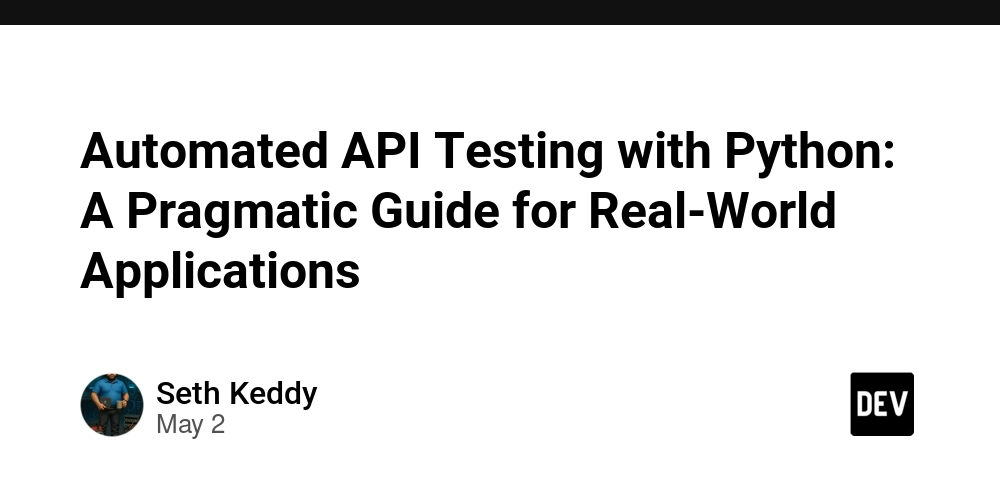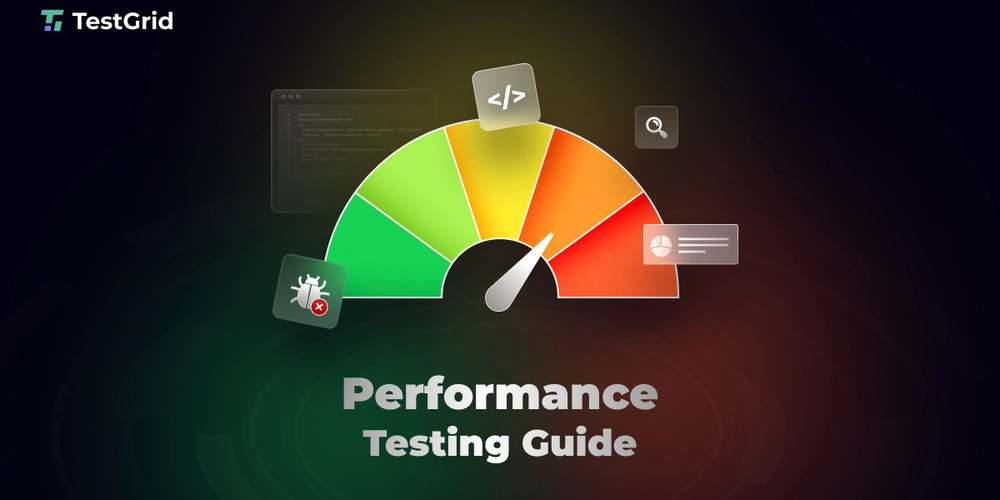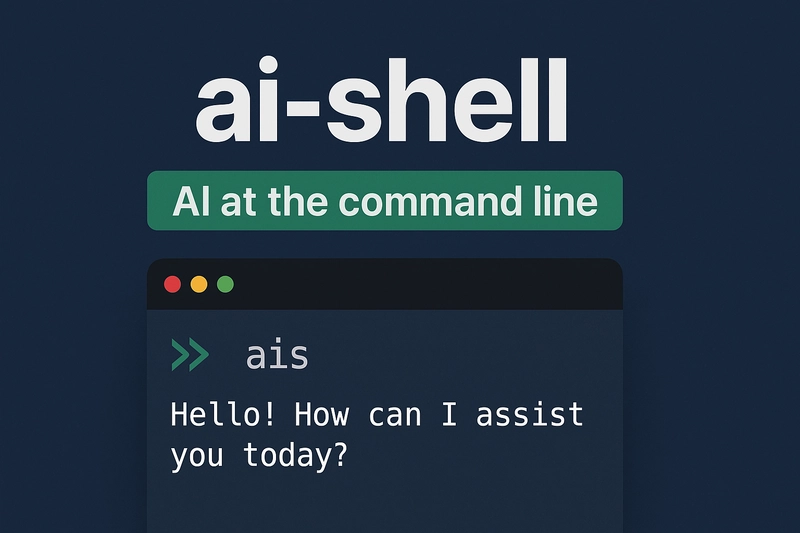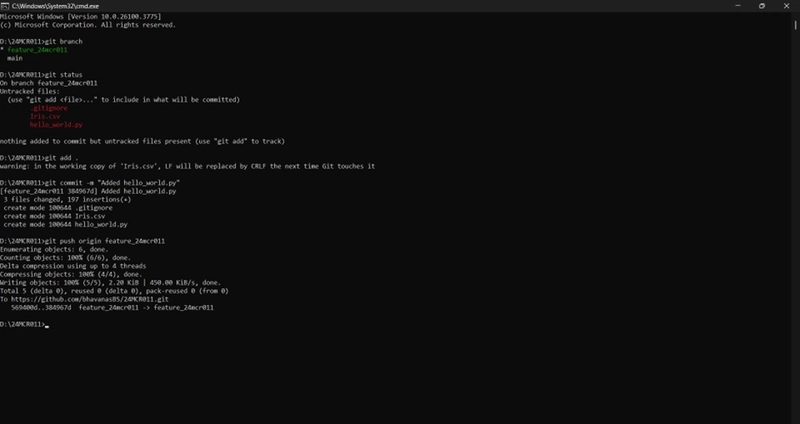Automated API Testing with Python: A Pragmatic Guide for Real-World Applications
In modern development environments, APIs are the contract between systems. Whether you're testing third-party integrations or internal services, API testing must be automated, fast, and reliable. In this post, I’ll walk through a structured approach to building automated API tests in Python using the requests library and Python’s built-in unittest framework—no third-party bloat, just clean code and real results. Prerequisites Before we dive in, make sure you have: Python 3.7+ requests installed (pip install requests) Basic familiarity with JSON APIs Project Structure api-tests/ ├── tests/ │ └── test_users_api.py ├── config.py └── run_tests.py This structure separates test logic from config and runners, and can be CI/CD-integrated later (e.g., GitHub Actions, Jenkins, GitLab CI). Step 1: Set Up a Basic Test Case # tests/test_users_api.py import unittest import requests import config class TestUsersAPI(unittest.TestCase): def setUp(self): self.base_url = config.BASE_URL + "/users" def test_get_all_users(self): response = requests.get(self.base_url) self.assertEqual(response.status_code, 200) self.assertIsInstance(response.json(), list) def test_get_user_by_id(self): user_id = 1 response = requests.get(f"{self.base_url}/{user_id}") self.assertEqual(response.status_code, 200) data = response.json() self.assertIn("id", data) self.assertEqual(data["id"], user_id) Step 2: Add Config for Flexibility # config.py BASE_URL = "https://jsonplaceholder.typicode.com" This allows you to quickly switch between environments (dev, staging, prod) by setting environment variables or updating a central config. Step 3: Running Tests # run_tests.py import unittest loader = unittest.TestLoader() tests = loader.discover("tests") testRunner = unittest.runner.TextTestRunner() testRunner.run(tests) Then execute: python run_tests.py Add Dynamic Test Cases or Parametrize For real-world coverage, iterate through dynamic data: If you want to be fancy: def test_multiple_user_ids(self): for user_id in range(1, 6): with self.subTest(user_id=user_id): response = requests.get(f"{self.base_url}/{user_id}") self.assertEqual(response.status_code, 200) Advanced Extensions Add authentication headers (e.g., JWT, OAuth2) Integrate with pytest + pytest-html for rich test reports Wire into CI/CD with GitHub Actions or GitLab pipelines Mock APIs using responses or unittest.mock Conclusion Python offers a lean, readable, and powerful way to automate API testing—without bringing in bloated tooling. With requests and unittest, you can cover 80% of use cases and scale with your project. Whether you’re validating microservices or external APIs, this approach is both clean and CI/CD-ready.

In modern development environments, APIs are the contract between systems. Whether you're testing third-party integrations or internal services, API testing must be automated, fast, and reliable. In this post, I’ll walk through a structured approach to building automated API tests in Python using the requests library and Python’s built-in unittest framework—no third-party bloat, just clean code and real results.
Prerequisites
Before we dive in, make sure you have:
- Python 3.7+
- requests installed (pip install requests)
- Basic familiarity with JSON APIs
Project Structure
api-tests/
├── tests/
│ └── test_users_api.py
├── config.py
└── run_tests.py
This structure separates test logic from config and runners, and can be CI/CD-integrated later (e.g., GitHub Actions, Jenkins, GitLab CI).
Step 1: Set Up a Basic Test Case
# tests/test_users_api.py
import unittest
import requests
import config
class TestUsersAPI(unittest.TestCase):
def setUp(self):
self.base_url = config.BASE_URL + "/users"
def test_get_all_users(self):
response = requests.get(self.base_url)
self.assertEqual(response.status_code, 200)
self.assertIsInstance(response.json(), list)
def test_get_user_by_id(self):
user_id = 1
response = requests.get(f"{self.base_url}/{user_id}")
self.assertEqual(response.status_code, 200)
data = response.json()
self.assertIn("id", data)
self.assertEqual(data["id"], user_id)
Step 2: Add Config for Flexibility
# config.py
BASE_URL = "https://jsonplaceholder.typicode.com"
This allows you to quickly switch between environments (dev, staging, prod) by setting environment variables or updating a central config.
Step 3: Running Tests
# run_tests.py
import unittest
loader = unittest.TestLoader()
tests = loader.discover("tests")
testRunner = unittest.runner.TextTestRunner()
testRunner.run(tests)
Then execute:
python run_tests.py
Add Dynamic Test Cases or Parametrize
For real-world coverage, iterate through dynamic data:
If you want to be fancy:
def test_multiple_user_ids(self):
for user_id in range(1, 6):
with self.subTest(user_id=user_id):
response = requests.get(f"{self.base_url}/{user_id}")
self.assertEqual(response.status_code, 200)
Advanced Extensions
- Add authentication headers (e.g., JWT, OAuth2)
- Integrate with pytest + pytest-html for rich test reports
- Wire into CI/CD with GitHub Actions or GitLab pipelines
- Mock APIs using responses or unittest.mock
Conclusion
Python offers a lean, readable, and powerful way to automate API testing—without bringing in bloated tooling. With requests and unittest, you can cover 80% of use cases and scale with your project. Whether you’re validating microservices or external APIs, this approach is both clean and CI/CD-ready.














































































